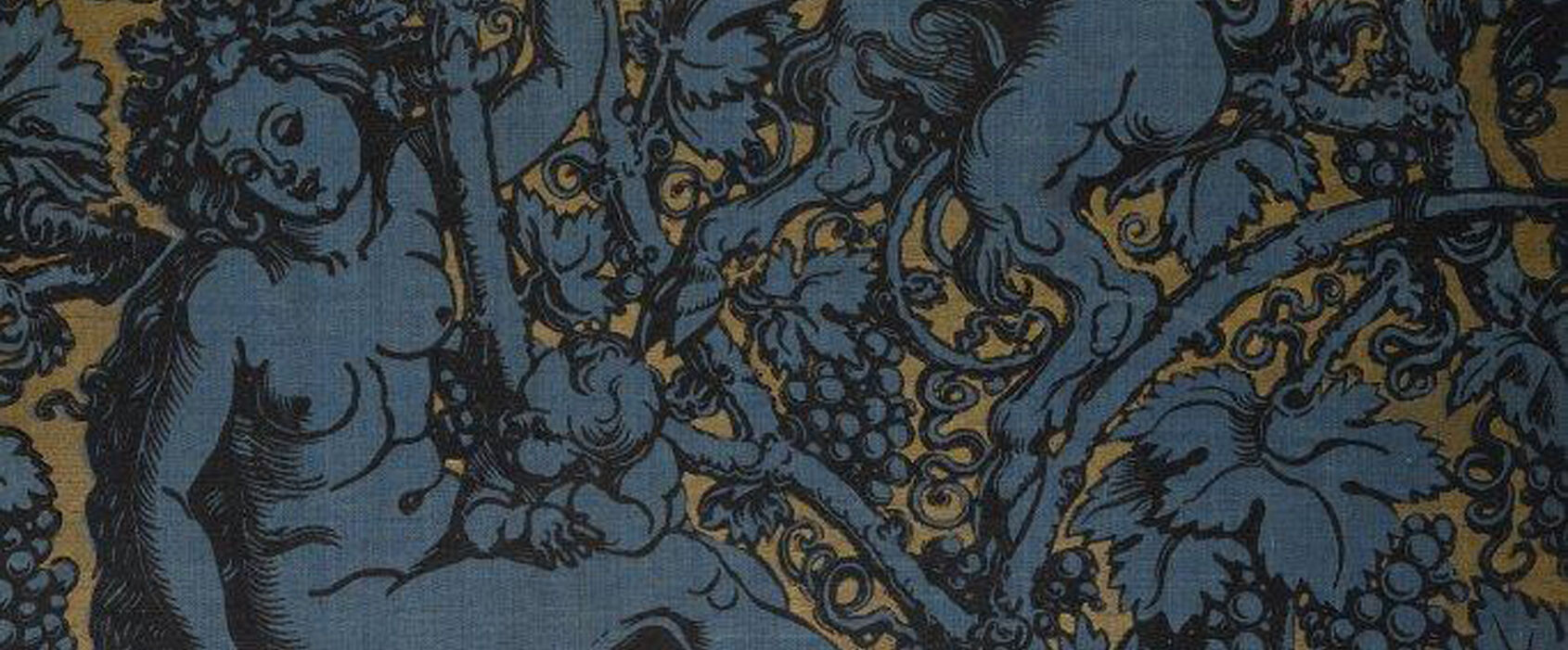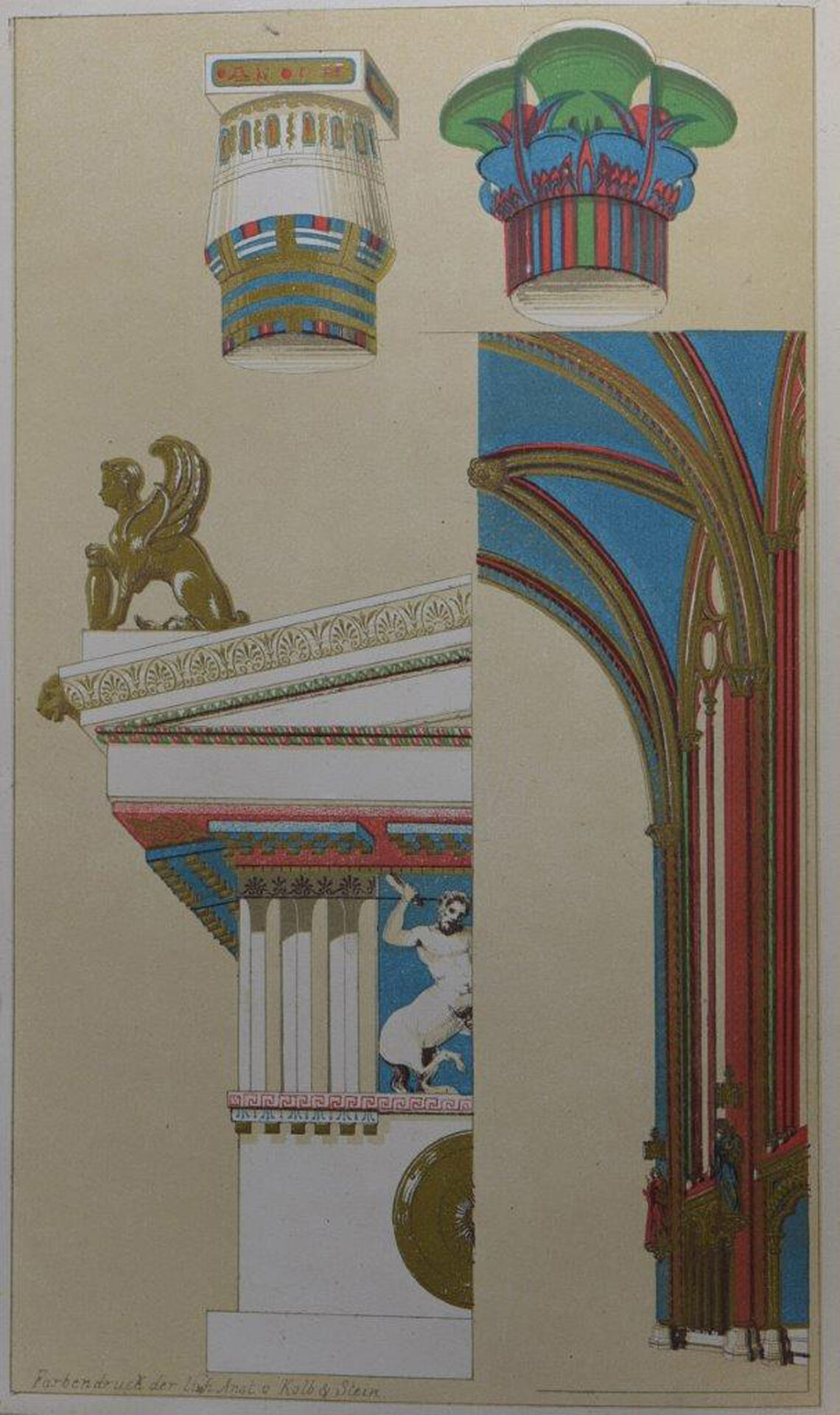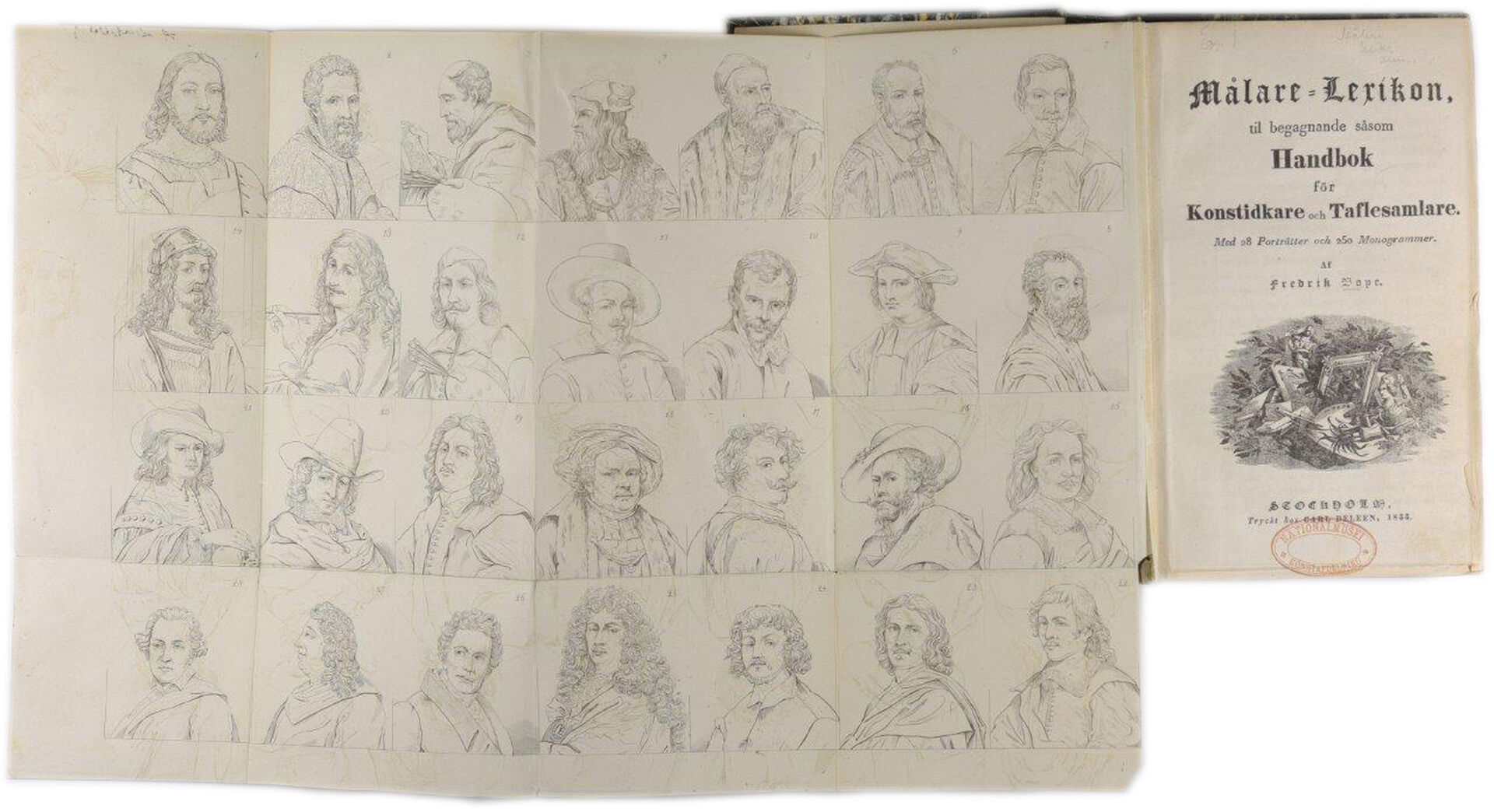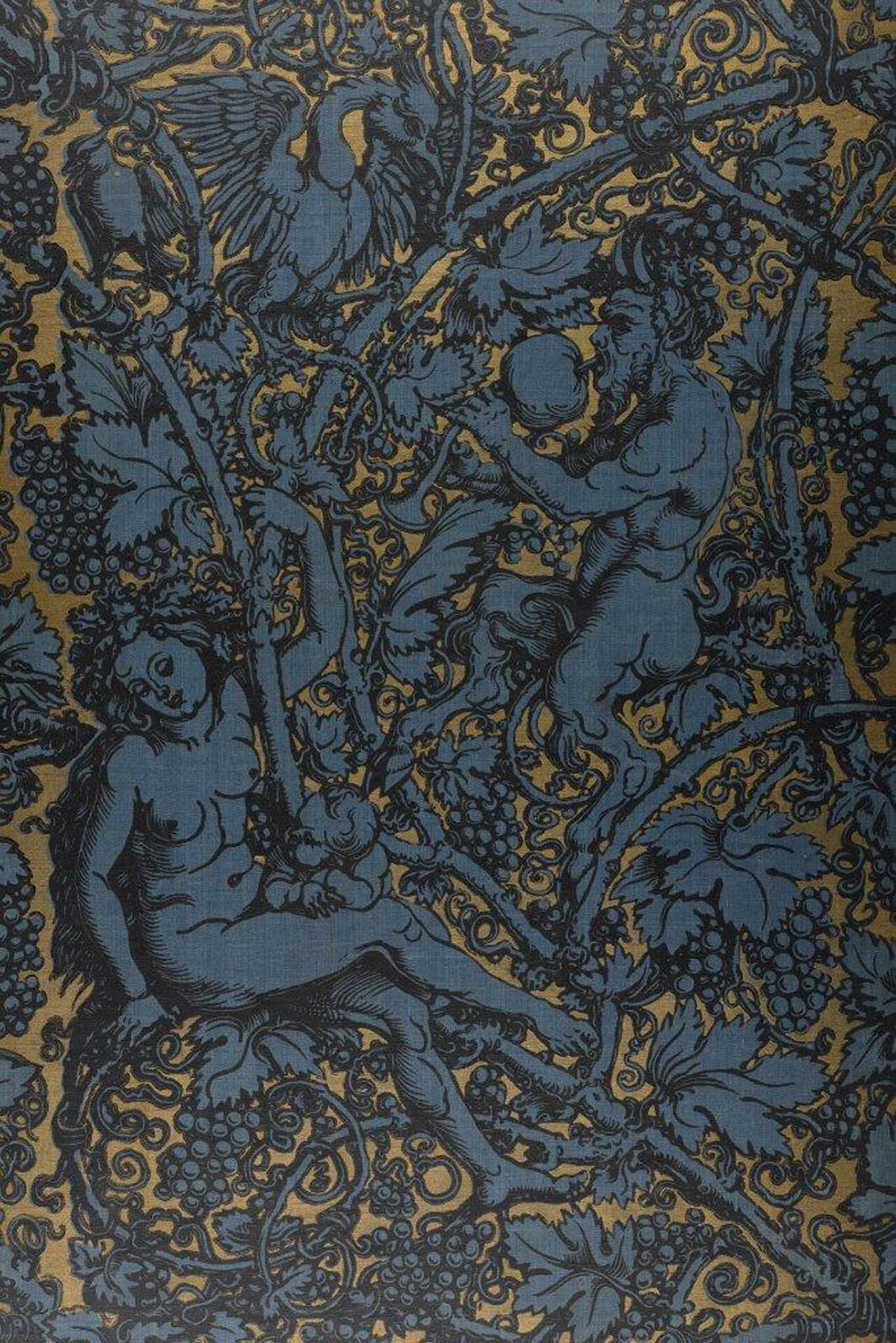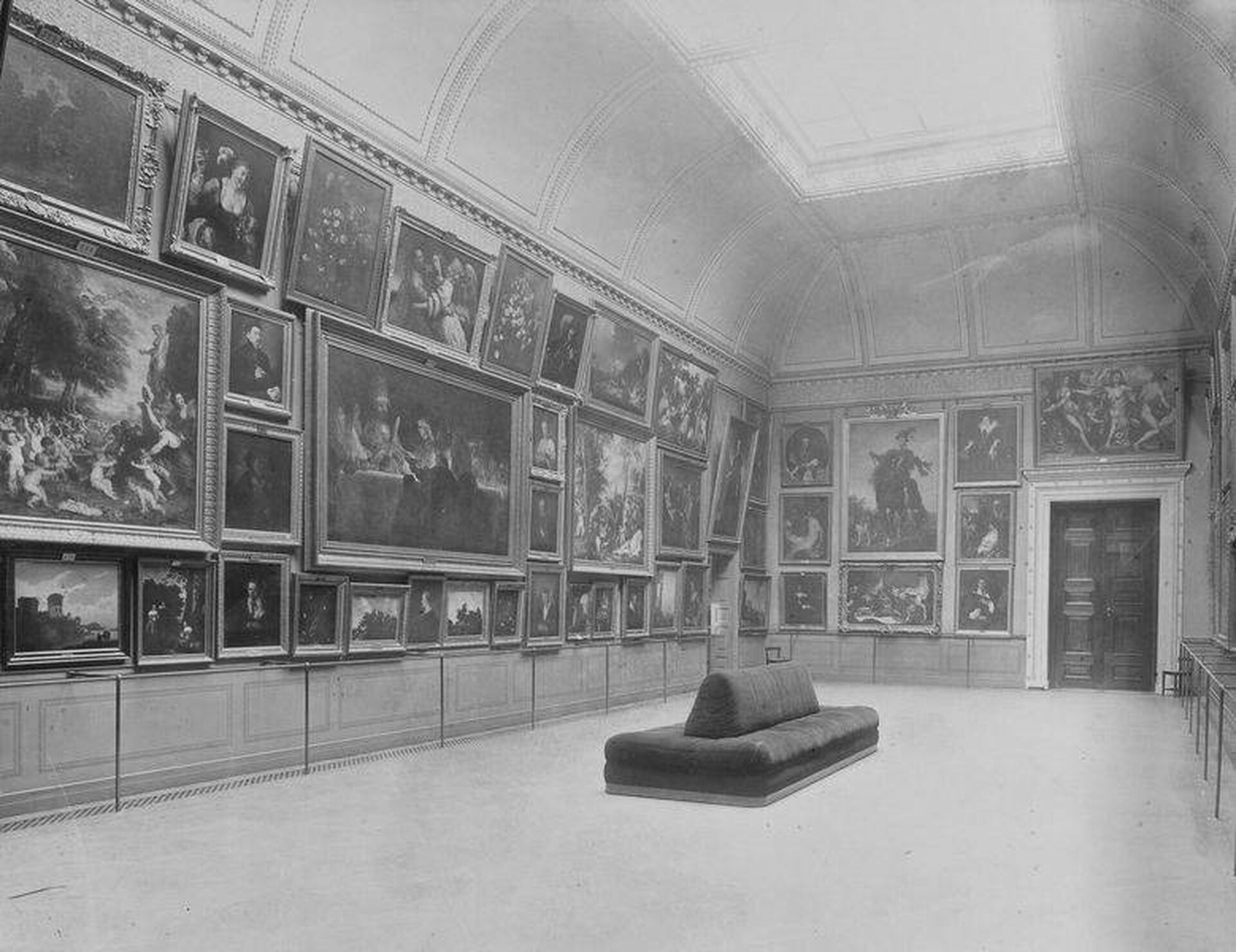The exhibition was on display February 20–March 19, 2020. The exhibition was closed prematurely as the museum was forced to close temporarily due to the pandemic.
Using examples from the Art Library’s older collection of books The Curator’s Bookcase gave an insight into the emergence of art history as an academic discipline in the 19th century. General handbooks on art, biographies and other examples of literature that kept the museum professionals of that time up to date were exhibited along with photographic reproductions from the Image Archive.
In the 19th century, art history emerged as an academic discipline. This took place in the first half of the century in Germany, and mid-century in Sweden and had a decisive impact on museum practices. Being an artist or a well-read connoisseur was no longer sufficient – academic studies were also required to become a curator. Thus, the museum practice was professionalised. The curators used a scientific approach to analyse, identify, and classify objects of art putting them in a historic context. The collections were presented chronologically and geographically in different schools. The Nationalmuseum gave the most space to the Italian, Dutch, French and Swedish schools, which dominated the Royal collection donated in 1792 to the Museum, then known as the Royal Museum, one of the first public museums in northern Europe.
The growing interest in art history is reflected in the many books on this subject that were published and spread. Subjects of special interest were the Greco-Roman period and national ideals. Swedish museum curators had lively contacts with colleagues abroad, and it was part of their job to keep abreast with the latest research.
The books displayed in this exhibition were from the Art Library’s older collection. They were mainly textbooks on art history, general handbooks, and monographic biographies. The books gave an idea of the literature that would have been found in a curator’s bookcase. Several of these books are exquisitely and artistically bound and were published in limited, numbered editions. The exhibition also included examples of older displays of the collections as photographic reproductions from the Image Archive.
The masterpieces of art have always been of great importance to museum professionals and artists. The exhibition Inspiration - Iconic Works, which was on display at the same time, discussed how contemporary artists have been inspired by the old masters.
